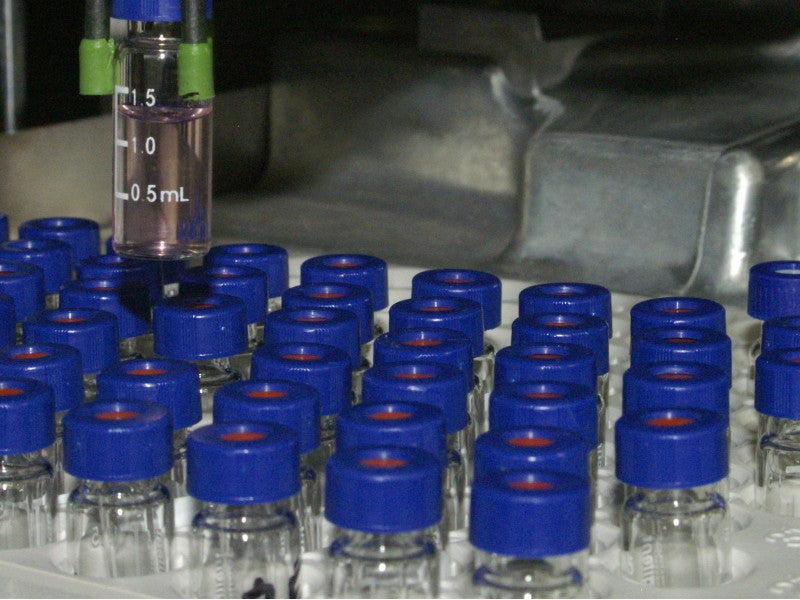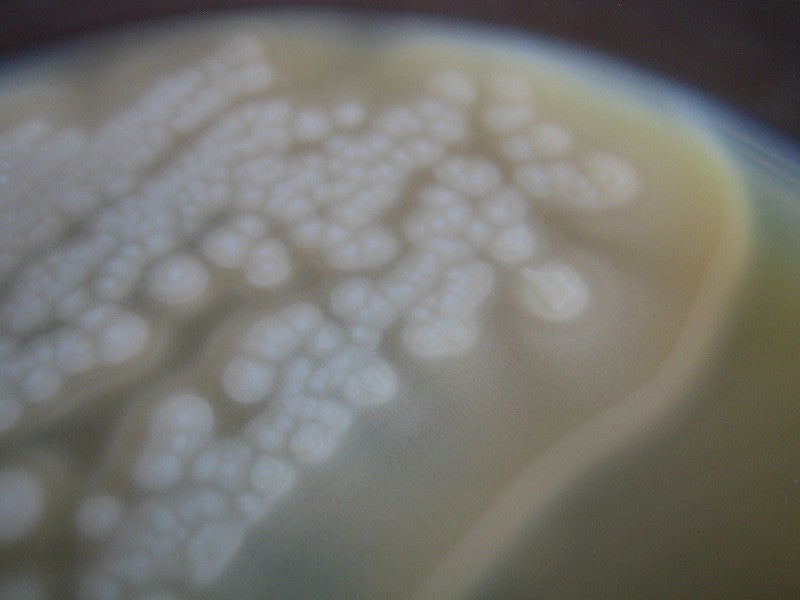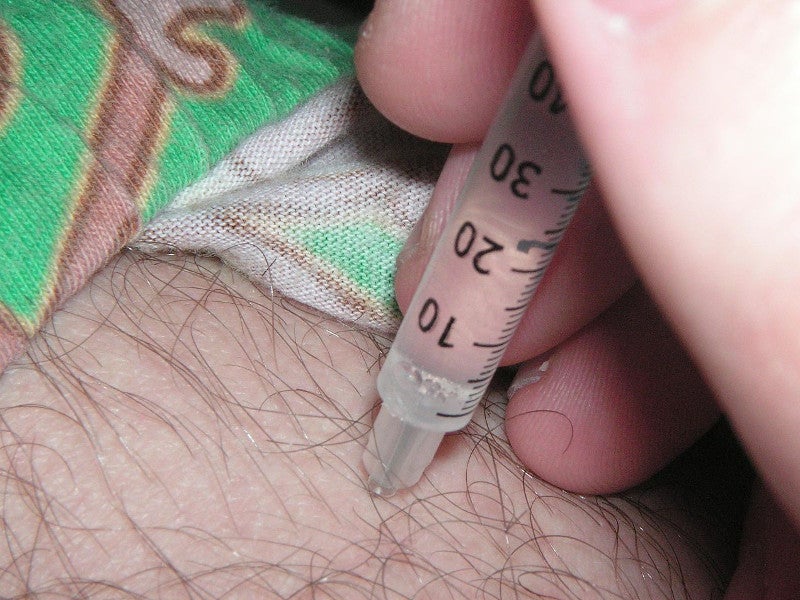Myobloc® (rimabotulinumtoxinB) is the first neurotoxin approved for the treatment of chronic sialorrhea in adults.
The drug was originally developed by Elan Corporation, which sold its worldwide rights to Solstice Neurosciences in July 2004. It became part of US WorldMeds’ portfolio in August 2010 following the acquisition of Solstice Neurosciences by the company.
MyoBloc was first approved by the US Food and Drug Administration (FDA) for cervical dystonia in December 2000. US WorldMeds submitted a supplemental biologics license application (sBLA) for the drug to the FDA for the treatment of chronic sialorrhea in October 2018. MyoBloc was approved for the condition in August 2019.
The drug is marketed in Europe by US WorldMeds’ subsidiary Sloan Pharma along with Eisai, under the brand name Neurobloc®, for the treatment of cervical dystonia. Eisai develops and markets the drug in Japan under the brand name NerBloc for the same indication.
Myobloc is available as a clear, colourless to light-yellow solution in a single-dose vial for intramuscular or intraglandular administration. It is available in three dosage strengths of 2,500 units / 0.5mL, 5,000 units / mL and 10,000 units / 2mL.
Sialorrhea causes and symptoms
Sialorrhea, commonly known as drooling, is a condition that causes excessive saliva spills out of the mouth. It is the most common condition observed in patients with neurological disorders such as cerebral palsy, Parkinson’s disease, stroke and amyotrophic lateral sclerosis.
An estimated 75% of the patients with Parkinson’s disease are affected by the condition. Sialorrhea can affect the social lives of the patients, causing a loss of confidence and isolation.
If the condition is left untreated, sialorrhea can also cause skin irritation around the mouth, difficulty in maintaining oral hygiene and speech complications. It can also lead to choking and pneumonia in some patients.
Myobloc’s mechanism of action
Myobloc is a sterile formulation of purified botulinum toxin type B produced from Clostridium botulinum Serotype B (Bean Strain) cells. It acts at the neuromuscular junction and associates with hemagglutinin and non-hemagglutinin proteins as a neurotoxin complex.
The toxin is recovered by fermentation and purified through precipitation and chromatography process.
Clinical studies on Myobloc
The FDA’s approval of Myobloc came from results of two multi-centre, double-blind, placebo-controlled clinical studies, Study-1 and Study-2.
In Study-1, A total of 187 patients with chronic sialorrhea for at least three months enrolled. The patients were randomised to receive either 2,500 units or 3,500 units of Myobloc or placebo. The study was followed by a 13-week follow-up and an open-label treatment period.
The primary endpoints of the study were a change in unstimulated salivary flow rate (USFR) and the clinical global impression of change (CGI-C) from baseline at week four. Both USFR (-0.37) and CGI-C (2.38) scores were significantly lower in patients treated with Myobloc than those with placebo (USFR-0.07, CGI-C 3.59).
Study-2 was a sequential dose-escalation study comparing Myobloc with placebo. Patients were randomised to receive either 1,500 units or 2,500 units or 3,500 units or placebo and were followed up for up to 20 weeks after administration.
The USFR and CGI-C scores for all the three doses of Myobloc in the patients were significantly lower compared to those treated with placebo at week four.
The most common adverse effects observed in the patients during the clinical trials were dry mouth and dysphagia.










